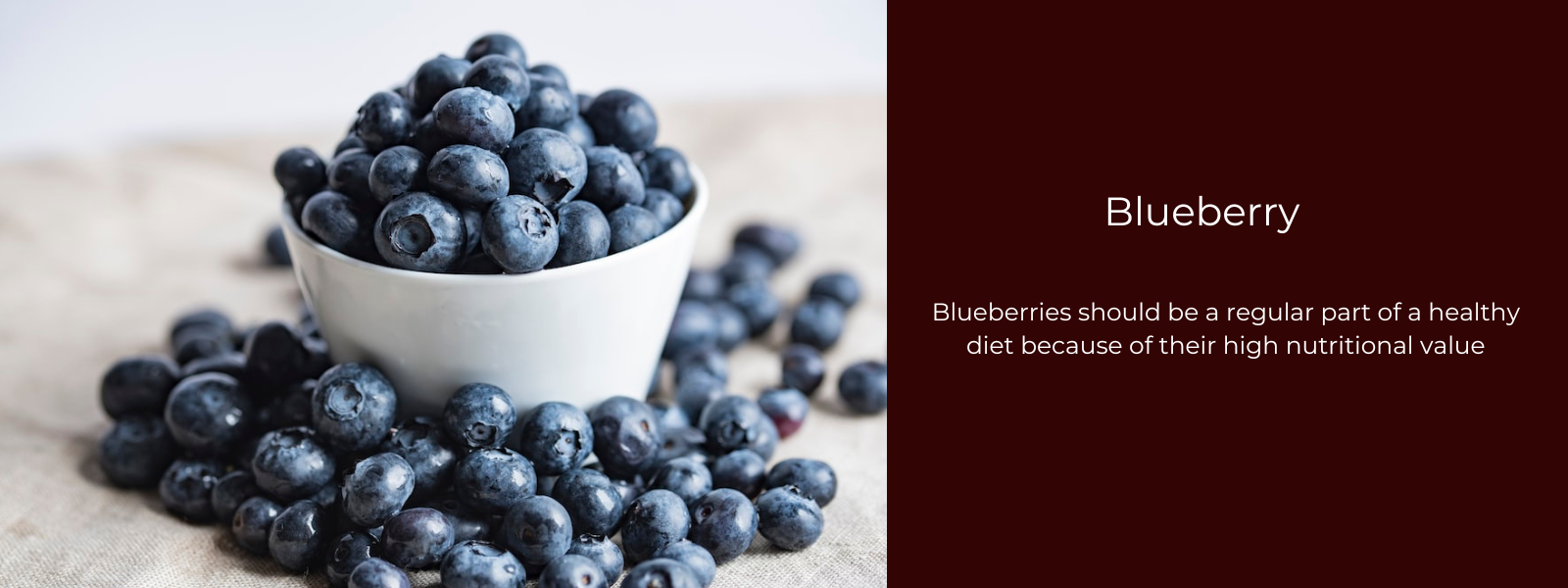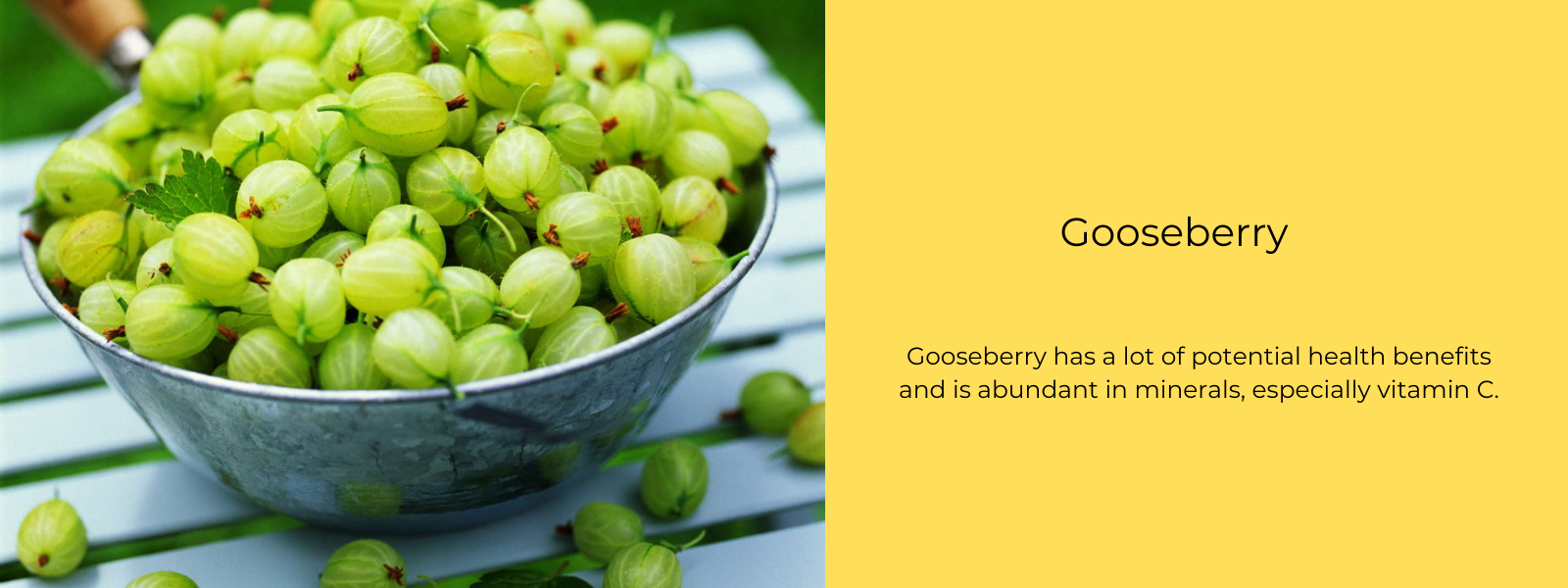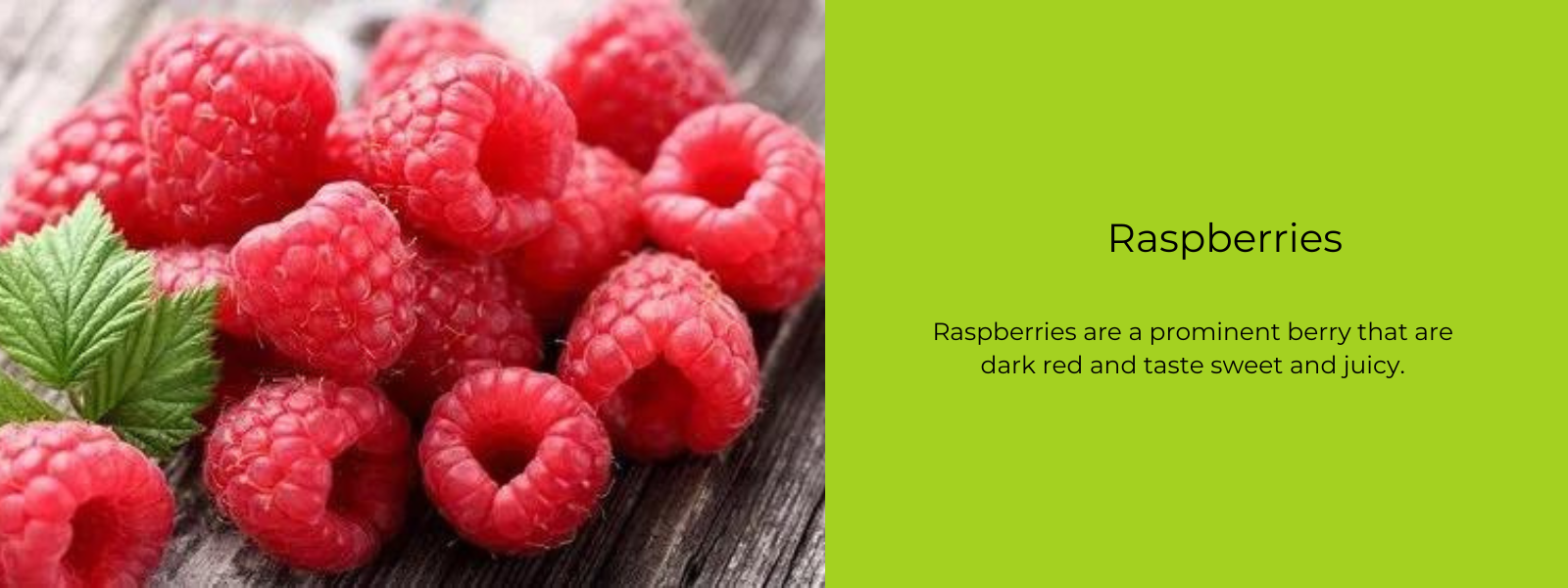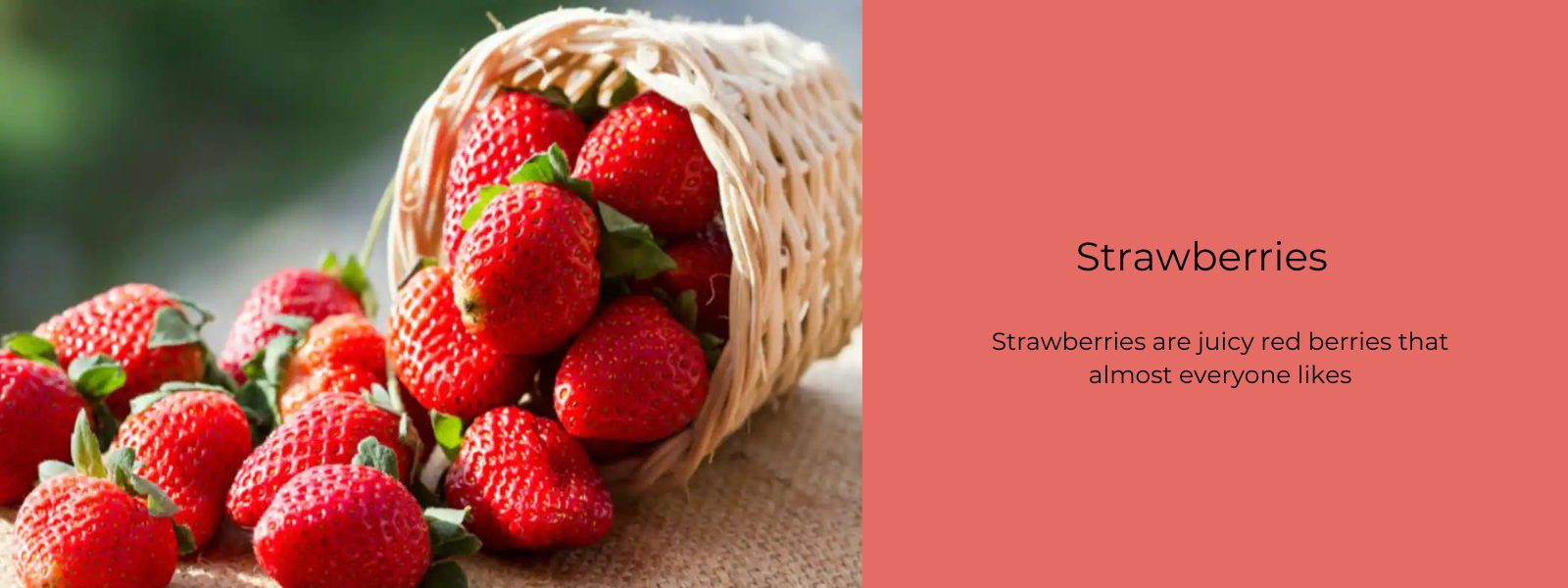Most of us don't know that mulberries are full of vitamins and other good things for our bodies. It is a wild berry that tastes great and is full of vitamins, minerals, and antioxidants.
In terms of taste, they are like grapes, and in terms of shape, they are like blackberries. Raw mulberries, which are also called shahtoot, are full of vitamins and antioxidants and have only 60 calories per cup, making them a great snack. Not only can these berries help control blood sugar, but they can also help keep cancer from happening.
Table of Contents
What is mulberry fruit?
The scientific name for this fruit is Morus alba. It is tangy, sweet, and sometimes a little bit sour. It is a plant that grows back every year and can get as tall as 40 feet. It has beautiful pink flowers and thin fruits. Mulberries are related to figs but are not the same thing. They are in season from March to May and from October to November.
The darker versions of mulberry leave behind wine-colored stains on sidewalks and fingers. The trees are huge, easy to grow, and can thrive in temperate to tropical areas all over the world. They look like blackberries that are longer.
These berries have thin skins and need special care because they go bad quickly. This is why they are expensive and should be eaten right away.
History of mulberry fruit:
Earlier, mulberry trees were grown so that silk could be made from them (rearing silkworm). Silkworms eat mulberry leaves and make silk from them. China was the first place where sericulture was done. This story made its way to India from Tibet around 140 B.C. It happened near the banks of the rivers Brahmaputra and Ganga.
Plant description:
Mulberries are trees that lose their leaves in the fall. Their leaves have teeth or lobes and are arranged alternately along the stems. People can be monoecious (have only female flowers) or dioecious (have both male and female flowers) (bearing only male or female flowers). The tiny flowers grow in groups of catkins that are close together. Each fruit comes from a whole cluster of flowers. This is called a multiple. The fruits look a bit like blackberries and turn white, pink, red, or purple when they are ready.
Types of mulberries:
Red mulberry:
The largest of the genus is the red mulberry (Morus rubra), which grows in eastern North America and can grow up to 21 metres tall (70 feet). It has leaves with two, three, or no lobes, and the dark purple fruits can be eaten.
White mulberry:
White mulberry (M. alba) is a plant that is native to Asia but has been grown in southern Europe for a long time. It gets its name from the white fruits it bears, and silkworms eat its leaves. It grows wild in the eastern part of North America. The cold-resistant Russian mulberry (M. alba, variety tatarica), which was brought to western North America for shelterbelts and local wood use, and fruitless types like the 'Stribling' and 'Mapleleaf' cultivars are two types of the white mulberry that are useful. The M. alba 'Pendula' weeping mulberry is often used as a lawn tree.
Black mulberry:
The most common species, the black mulberry (M. nigra), is from western Asia and has been grown in the west for a long time. Up until the 15th century, it was grown a lot in Italy to feed silkworms. Since then, white mulberry has taken its place. Now that it has been brought to North America, it is mostly grown for its large, juicy, purple-black fruits, which taste better than red mulberries.
How to use mulberry?
Fresh berries are the best, and if you have a mulberry tree in your yard, can easily find them in the wild, or find them at a farmers market, you should eat them all. Make jam, smoothies, sauces for dessert, and mulberry wine as well as mulberry icecream with them.
As a superfood, the white variety is becoming more and more popular and is sold in health food stores. Dried mulberries are great in smoothies, oatmeal, granola, and as a snack.
Taste of mulberry fruit:
The white ones taste very sweet, while the darker ones taste both sweet and sour. You can eat any of them by themselves, but what they may lack in terms of a balance of sweet and sour flavours, they make up for in quantity.
Dried mulberries are very sweet and make granola and trail mix more interesting.
Health benefits of mulberry fruit:
- Anti-ageing: As a good source of antioxidants, it helps stop free radicals from doing as much damage as they do. The whole mulberry plant has antioxidants, according to this study. One important antioxidant in this plant is called resveratrol. According to this research, resveratrol helps people age well and live longer.
- Healthy immune system: Mulberry fruit has certain alkaloids that turn on Macrophages, which are a type of white blood cell that fights infection.
Supports a healthy blood sugar level: Research shows that mulberry fruit stops blood sugar from rising, which keeps the sugar level in check. In China, Trinidad, and Tobago, the leaves of the mulberry plant are used in traditional medicine to help keep blood sugar levels stable.
- Healthy brain: A research institute at Khon Kaen University in Thailand tested the effects of a mulberry plant on people with memory loss and brain damage as part of a study. Even though more research needs to be done, it has been said that mulberry fruit makes the brain smarter and protects it from damage. This helps people remember things better and reduces oxidative stress.
- Healthy bone tissue: Mulberry fruit is full of Vitamin K, calcium, iron, and traces of phosphorus and magnesium, all of which are good for keeping bone tissue healthy and preventing bone degeneration.
- Healthy digestive system: The fruit is a good source of dietary fibre, which is good for digestive health. The dietary fibre in this fruit helps keep the digestive system healthy and stops constipation, bloating, and cramping. Mulberry fruit is thought to help people lose weight and keep it off in the best way possible by making digestion easier and preventing constipation.
- Keeps your eyes healthy: This fruit has a carotenoid called zeaxanthin, which is directly linked to a decrease in oxidative stress on certain eye cells, including the retina. It keeps the retina from getting hurt even more by free radicals. It can also help prevent cataracts and macular degeneration because it contains carotenoids.
- Keeps heart healthy: Staying active is no longer a choice in today's fast-paced world and sedentary lifestyles. It is now a must. And more needs to be done to improve heart health. When you eat shahtoot fruit, it can help lower the amount of bad cholesterol in your blood, which is good for your heart health. Mulberry fruit also has flavonoids, antioxidants, and fibres that can help stop heart attacks and strokes.
- Anti-cancer: Cancer and other long-term diseases are less likely to happen because mulberry is a good source of antioxidants. It has anthocyanins, ellagic acid, and resveratrol, which help fight cancer and stop tumours from growing. Anthocyanins give Mulberry its darker colour. Mulberries contain polyphenol antioxidants that stop bad oxygen-free radicals from hurting your cells. Free radicals have been linked to a number of other health problems, such as heart disease and stroke.











Leave a comment